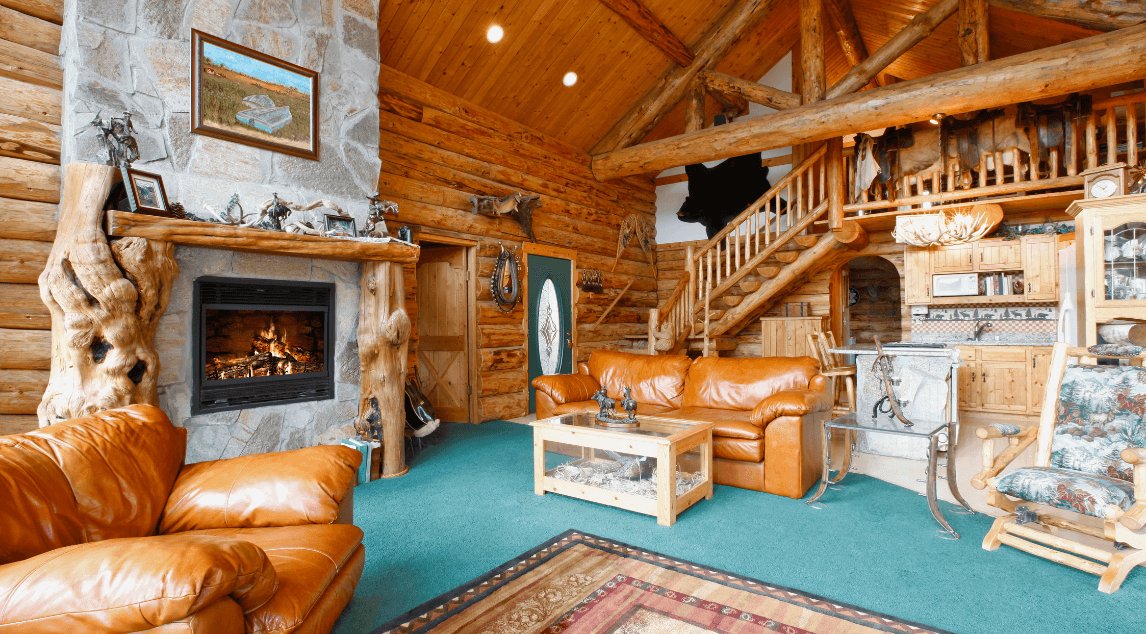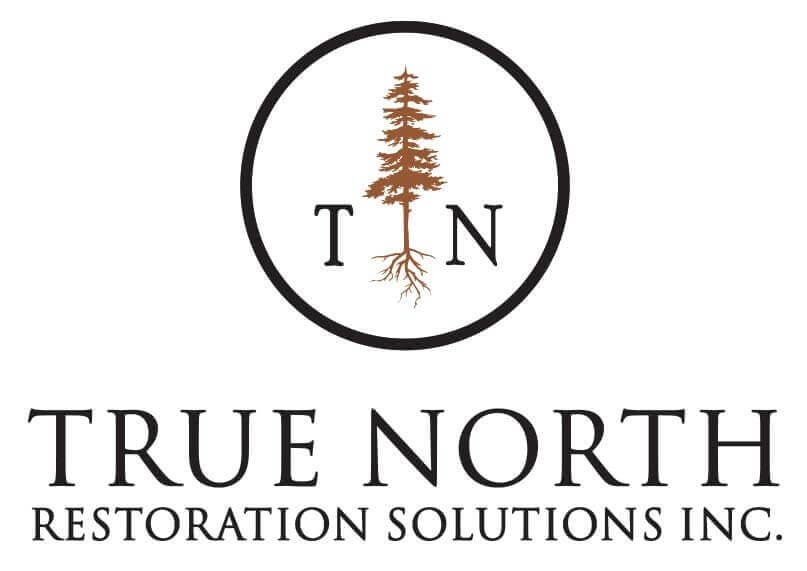Restoring Antique Wooden Floors in Ontario Cabins: Techniques and Tips
Antique wooden floors are a treasured feature in many Ontario cabins, offering warmth, character, and a tangible connection to the past. However, over time, these floors can become worn, damaged, or lose their original luster. Restoring antique wooden floors is a delicate process that requires knowledge, patience, and the right techniques. In this guide, we’ll explore restoring antique wooden floors in Ontario cabins, preserving their beauty and value for years to come..
1. Assessing the Condition of Your Antique Wooden Floors
Before starting any restoration work, it’s essential to assess the condition of your wooden floors. This will help you determine the level of restoration required and the best approach to take.
Key Considerations:
- Wear and Tear: Look for signs of surface wear, such as scratches, scuffs, and dullness.
- Structural Integrity: Check for deeper issues like cracks, splits, or areas where the wood has become soft or brittle.
- Water Damage: Identify any areas that may have been affected by water, leading to warping, staining, or mold growth.
National Park Service on assessing and preserving historic wooden floors.
2. Choosing the Right Restoration Techniques
The restoration technique you choose will depend on the condition of the floor and the desired outcome. Here are some of the most common methods:
a. Sanding and Refinishing
- Best For: Floors with surface-level damage, such as scratches and minor wear.
- Process: Sanding removes the top layer of the wood, revealing fresh wood underneath. This is followed by staining and sealing to protect and enhance the wood’s appearance.
- Tip: Always sand with the grain of the wood to avoid damage, and use a fine grit for the final pass to achieve a smooth finish.
b. Spot Repair and Patching
- Best For: Localized damage, such as small cracks or gouges.
- Process: Use wood filler or replace individual planks to address specific areas of damage. Match the filler or new wood as closely as possible to the existing floor to maintain a uniform look.
- Tip: For large patches, consider consulting a professional to ensure a seamless integration with the surrounding floor.
c. Gentle Cleaning and Revitalizing
- Best For: Floors that are structurally sound but have lost their shine.
- Process: Use a gentle, pH-balanced wood cleaner to remove dirt and grime. Follow up with a revitalizing polish or oil to restore the floor’s natural glow.
- Tip: Avoid harsh chemicals or abrasive cleaners that can strip the wood or damage its surface.
Wood floor restoration techniques provided by the National Wood Flooring Association (NWFA).
3. Preserving the Historical Integrity of Your Wooden Floors
When restoring antique wooden floors, it’s important to maintain their historical integrity. This involves preserving as much of the original material as possible and using techniques that are sympathetic to the floor’s age and character.
Tips for Preservation:
- Minimal Intervention: Only replace or repair what is absolutely necessary. This helps retain the original materials and craftsmanship.
- Use Authentic Materials: If you need to replace wood, try to source reclaimed wood that matches the age, species, and grain of the original.
- Consult an Expert: For historically significant properties, consider consulting a restoration specialist who has experience with period-specific techniques and materials.

4. Preventing Future Damage to Your Restored Floors
Once your floors have been restored, it’s important to protect them from future damage. Proper maintenance will help preserve the beauty and longevity of your floors.
Maintenance Tips:
- Regular Cleaning: Sweep or vacuum regularly to remove dirt and grit that can scratch the surface. Use a damp mop for deeper cleaning, but avoid excessive water.
- Protective Coatings: Apply a durable finish, such as polyurethane, to shield the wood from wear and tear. Reapply the finish as needed to maintain protection.
- Rugs and Mats: Use rugs or mats in high-traffic areas to reduce wear. Ensure they have a non-slip backing that won’t damage the floor.
- Climate Control: Maintain stable humidity levels in your cabin to prevent the wood from expanding and contracting, which can cause warping and gaps.
Maintaining antique wood floors from Old House Online.
5. When to Call in a Professional
While many aspects of floor restoration can be handled by a skilled DIYer, some situations call for professional help. Consider hiring a professional if:
- Extensive Damage: The floors are severely damaged or require significant structural repairs.
- Historical Value: The floors have historical significance and need to be preserved according to specific guidelines.
- Specialized Techniques: The restoration requires specialized tools, materials, or techniques beyond your expertise.
At True North Restoration, we specialize in preserving and restoring antique wooden floors in Ontario cabins. Contact us today for a consultation, and let us help you bring your floors back to their original beauty. See our GMB to see where we service.
Conclusion – Restoring Antique Wooden Floors in Ontario Cabins
Restoring antique wooden floors in Ontario cabins is a rewarding process that can enhance the beauty and value of your property. By following the right techniques and maintaining your floors carefully, you can ensure they remain a cherished feature for years to come.
